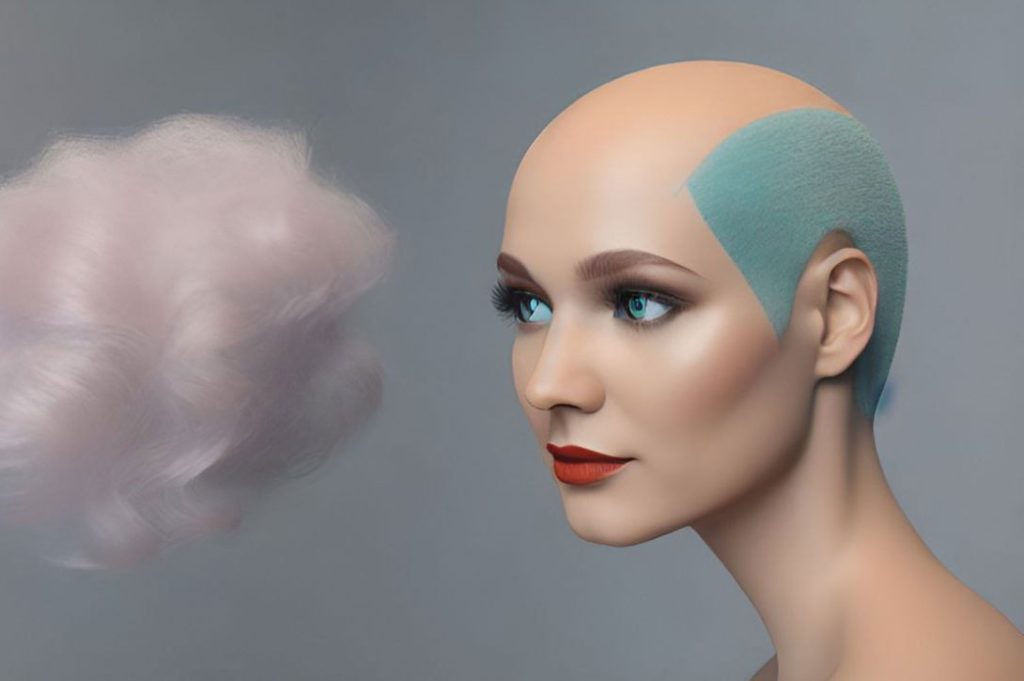Scalp Analysis: An Essential Pillar in Haircare and its Medical Implications
The world of hairstyling isn’t limited to just cutting, coloring, and styling hair. An often overlooked, yet absolutely crucial aspect of a hairdresser’s job, is scalp analysis. This diagnostic tool can be the first line of defense against potential scalp and hair ailments. Not only does it facilitate better service customization, but it also acts as a preventive measure against further scalp complications.

The Importance of Scalp Analysis
1. Personalized Service: Just like skin, everyone’s scalp has its own unique needs and conditions. A thorough scalp analysis can help hairstylists tailor their services to fit the specific requirements of each client.
2. Early Detection: Many times, clients may be unaware of underlying scalp issues. A hairdresser trained in scalp analysis can identify these problems at an early stage, potentially preventing more serious complications down the line.
3. Safe Service Delivery: Understanding the scalp’s current condition ensures that hairdressers can provide services that are both safe and effective.
Conducting a Scalp Analysis: Best Practices
Good Visibility: The key to an effective scalp analysis lies in visibility. Using a bright light and sometimes even magnifying tools can help hairstylists get a clear view of the scalp.
Sectioning and Detangling: Often, thick or tangled hair can obstruct a clear view of the scalp. By sectioning the hair and ensuring it’s free from tangles, hairstylists can conduct a more detailed examination.
When to Recommend Medical Attention
The role of a hairdresser isn’t to diagnose medical conditions, but they can play an essential role in early detection. If during the analysis, they come across the following conditions, it’s imperative to halt any planned hair treatments and advise clients to seek medical attention:
1. Abnormal Scalp Flaking: While minor flaking can be due to dry skin or product buildup, large scaled patches could indicate a deeper issue, such as psoriasis or seborrheic dermatitis.
2. Open Wounds or Irritations: Open sores, especially those that are painful or oozing, can be signs of infections, inflammatory conditions, or other dermatological problems.
3. Scalp Disorders or Diseases: Conditions like ringworm or alopecia areata manifest as bald patches, redness, or inflammation.
4. Tick or Lice Infestation: The presence of ticks or lice can lead to itching, inflammation, and secondary infections. Immediate treatment is essential.
5. Abnormal Hair Loss Indicating Folliculitis: Folliculitis is an inflammation of hair follicles, often caused by bacterial infection. It can lead to painful red bumps and requires dermatological care.
Conclusion
In the complex tapestry of haircare, scalp analysis stands out as a tool of prevention, detection, and customization. While hairdressers are not medical professionals, their expertise in scalp analysis can bridge the gap between aesthetics and health, ensuring clients not only look good but also maintain a healthy scalp. As we continue to recognize the importance of holistic beauty care, the role of scalp analysis in a hairdresser’s toolkit only becomes more paramount.






